Cell rejuvenation - Glyceryl Glucoside
Glyceryl Glucoside is a natural plant product originally isolated from "resurrection grass". This miracle ingredient protects plant cells in extremely arid environments, helping them "come back to life". It also brings deep repair and long-lasting hydration to our skin!
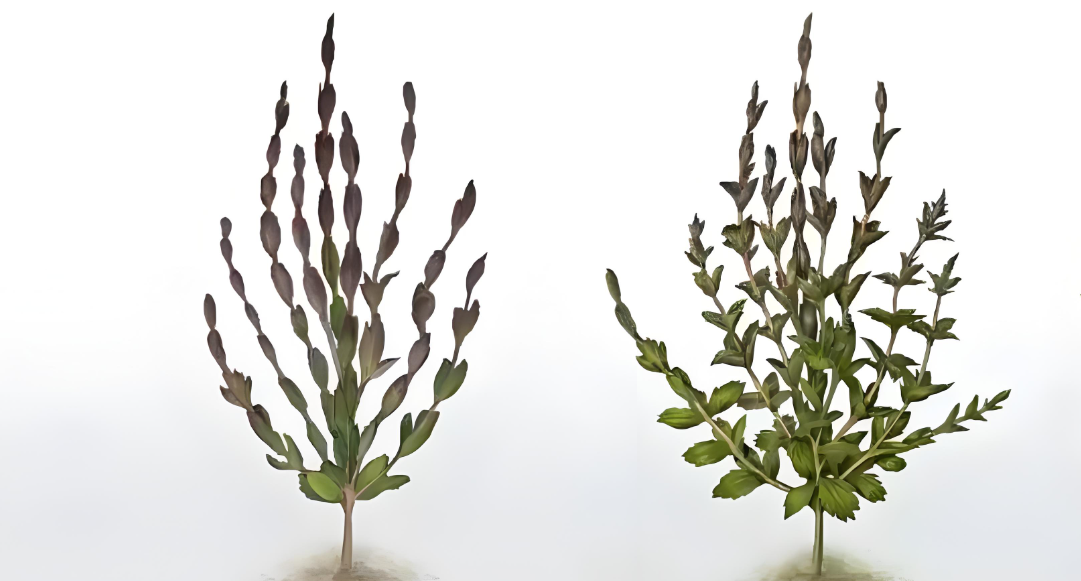
Scientifically proven "cell rejuvenation"
Studies have found that Glyceryl Glucoside has excellent moisturizing ability, and it has been documented that it can significantly increase the expression of AQP3 in aquaporic eggs. Aquaporins (AQP3) are a subfamily of aquaporins, which are the most widely expressed aquaporins in the skin, and their expression in the epidermis and basal layers is of great significance for maintaining the hydration balance of skin living cells, and plays a key role in skin moisturizing.
The expression of AQP3 protein reflects the ability of living cells to actively absorb water from the surrounding environment, improving skin dryness from the source. This is a completely different meaning from the traditional transepidermal water loss (TEWL) skin hydration value retention capacity test. Traditional passive moisturizing typically involves applying a non-volatile coating (e.g., oil) to the surface of the skin and applying a highly hydrophilic substance to reduce water evaporation (e.g., glycerin).
At the same time, it has been proven that Glyceryl Glucoside has good skin permeability and can effectively reduce water loss.
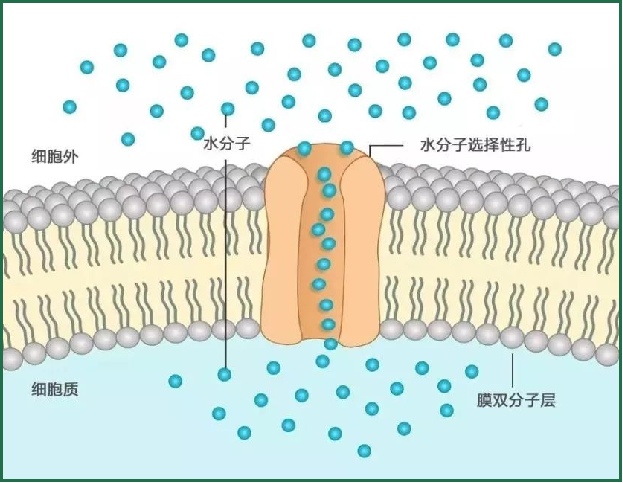
In addition to their excellent moisturizing abilities, Glyceryl Glucoside have:
Ø Promote the regeneration of filagin: strengthen the stratum corneum barrier, reduce water loss, and provide an "invisible protective shield" for sensitive skin.
Ø Antioxidant Defense: Stimulates the production of superoxide dismutase (SOD1), neutralizes free radicals, and delays photoaging.
Ø Collagen Protective Network: Inhibits inflammatory factors, reduces collagen degradation, and maintains skin elasticity.
Efficacy - Promotes AQP3 expression
Based on the human immortalized keratinocytes (HaCaT) model, the fluorescence intensity of aquaporin (AQP3) was significantly enhanced at a concentration of 0.156% (V/V) of the sample BeriCos® GG-50 (50% Glyceryl Glucoside), and there was a statistically significant difference compared with the BC group (p <0.01), indicating that BeriCos® GG-50 could increase the AQP3 content of keratinocytes and had active moisturizing effect.
The results of AQP3 immunofluorescence staining of the sample are shown in the figure below (green fluorescence represents AQP3 and blue fluorescence represents nuclei)
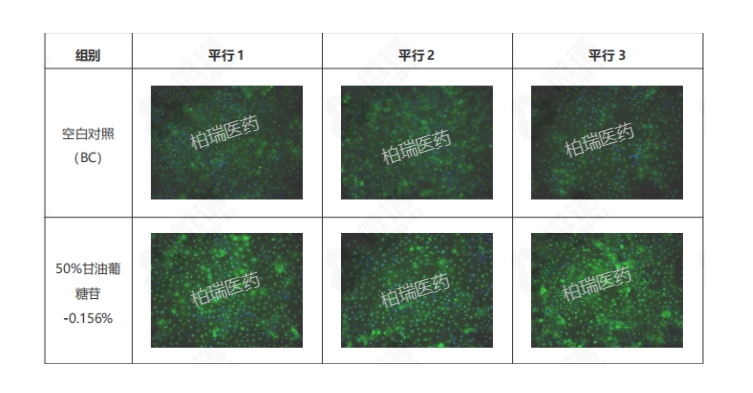
Note: This is a third-party test report commissioned by Beri Pharma, if you have any needs, please contact us.
Efficacy characteristics - strong and long-lasting moisturizing and water-locking properties
Glyceryl Glucoside VS hyaluronic acid: Test Method: Weigh the filter paper, soak it in the test substance for absorption, and weigh it. The filter paper is placed in controlled conditions to dry, and the filter paper is weighed every 30 minutes. The results showed that Glyceryl Glucoside had a moisturizing and water-locking effect similar to that of hyaluronic acid
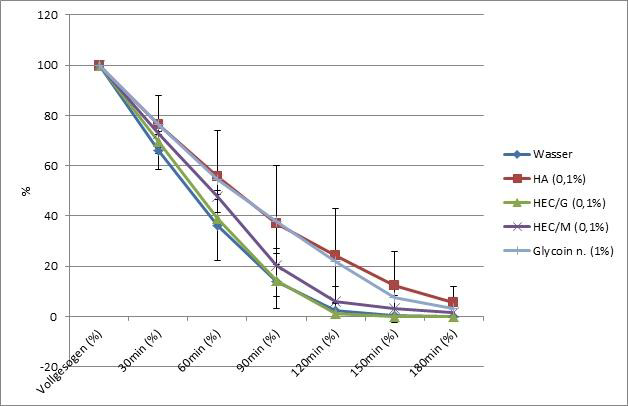
Efficacy characteristics - Activates cell vitality
The test results showed that after 24 hours, glycerol glucoside significantly increased cell viability. Different dosages showed different levels of activity (0.5% Glyceryl Glucoside (powder) worked best from in vitro test data). Skin Ethic 3D Epidermal Model (Artificial Skin Model)
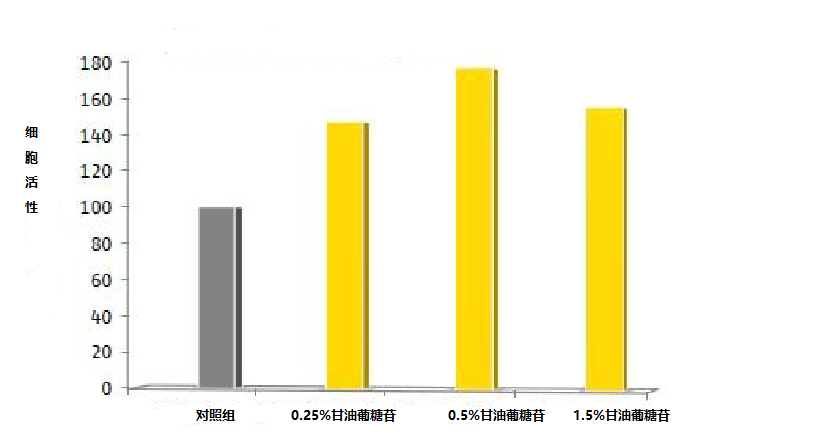
Efficacy Characteristics - Enhance the Antioxidant Activity of Skin Cells (SOD1)
The results of 72h, 96h, 120h and 144h of cultured aged cells showed that Glyceryl Glucoside could increase the content of SOD1 in aged cells. The amount of SOD1 produced was 280% higher than that of untreated cells.
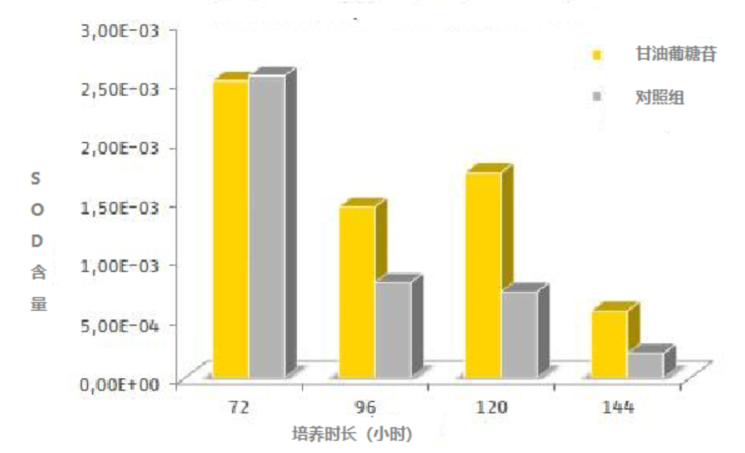
Efficacy characteristics - accelerate wound healing and tissue repair
Hematoxylin-eosin stained skin model test method: cultured human dermal fibroblasts with 0.5% Glyceryl Glucoside, 96h test parameters: growth factor FGF7 & transforming growth factor TGF-beta1
Fibroblast growth factor 7 (FGF7) and transforming growth factor β1 (TGF-beta1) expressions associated with wound healing are increased after treatment with 0.5% Glyceryl Glucoside.
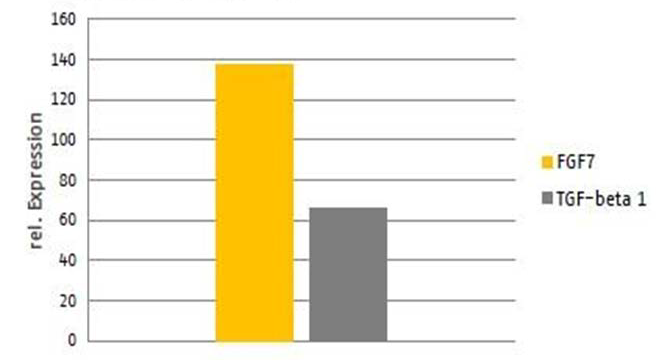
Note: Epidermal regeneration includes the proliferation and migration of keratinocytes and fibroblasts, as well as the secretion of cytokines and growth factors that affect other cells. TGF-β1 is a cytokine known to be involved in wound healing. FGF7 is a fibroblast and keratinocyte growth factor that is also involved in wound healing.
BeriCos® GG-50 Beri Glyceryl Glucoside Product Advantages:
Relying on the two major technology platforms of biosynthesis and chemical synthesis, Beri Pharma produces glycerol glucoside through two different technical routes, biological method and synthetic method, which can meet the different needs of customers.
Biological enzymatic method: the use of high-efficiency biological enzyme catalytic synthesis, high production efficiency, high yield, green and safe production process, can meet the customer's pursuit of nature.
Chemical synthesis method: the product is a white powder with a purity of more than 99%, which can be used for lyophilized dosage form.
Advantages of Beri Bioenzymatic Products
Purity advantage
Through the transformation of the enzyme molecular level, Beri Pharma obtains a biological enzyme with efficient catalytic ability, the glycerol glucoside product concentration is higher than 320g/L, and the product purity is greater than 97% (CAD detection, removing solvent peaks and glycerol peaks), and products with different content specifications can be customized according to customer needs.
Advantages of highly active configuration
According to the stereoconfiguration (α and β) and the position of glycosidic bond connection, Glyceryl Glucoside has 6 stereostructures. The effective active structure of Glyceryl Glucoside is 2-O-α-D-glyceroside (1), and there are many configurations in the current commercial products, and the common main configurations: 1-O-β-GG glycerol glucoside and 2-O-α-D-glycerol glucoside. The proportion of 2-O-α-D-Glyceryl Glucoside of Beri Pharma ≥ 90%, far exceeding most of its peers.
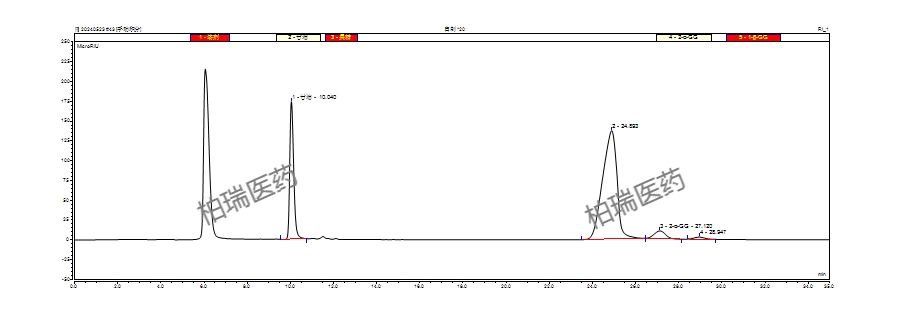
Low impurity residue:
At present, there are many glycerides glucoglycoside residues on the market, and the product is viscous and slightly yellowish, and the color gradually deepens with storage time. However, Glyceryl Glucoside Beri Pharma produced has low residue/by-products, transparent solution, and high fluidity after multiple treatments such as secondary fermentation metabolic by-products and ultrafiltration.
TIPS: About the detection of Glyceryl Glucoside
Glycerol glucoside itself does not contain conjugated double bonds or aromatic rings, so it has almost no response under ultraviolet (UV) detectors, and is not suitable for detection by HPLC-UV liquid phase, while CAD (electrospray detector) is a general-purpose detector that does not depend on the ultraviolet absorption characteristics of compounds, and can be detected without ultraviolet absorption.
Beri Pharma Glycerol Glucoside invention patent (patent number: ZL 2021 1 1061045.6)
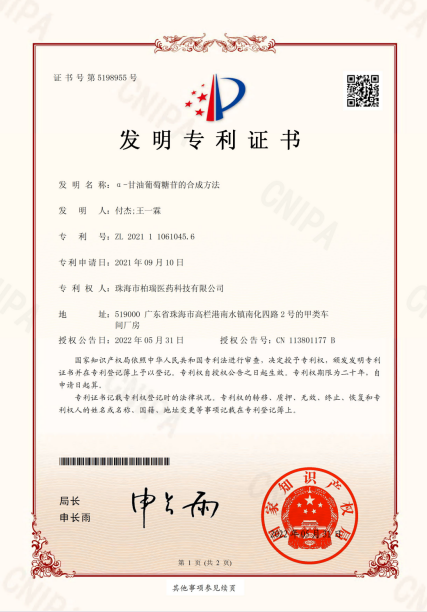
For detailed product information, more product and technical information, please contact us.
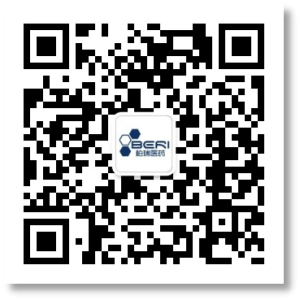
More Explore






